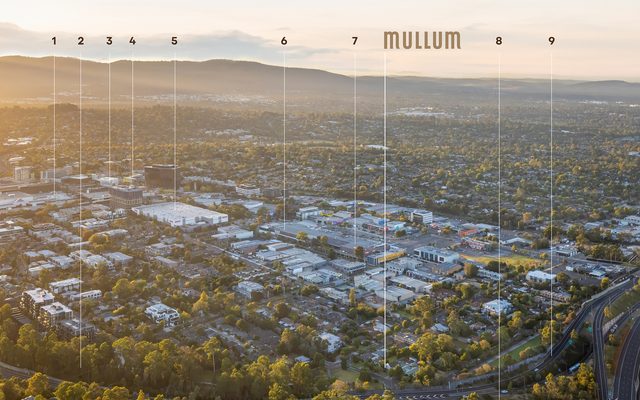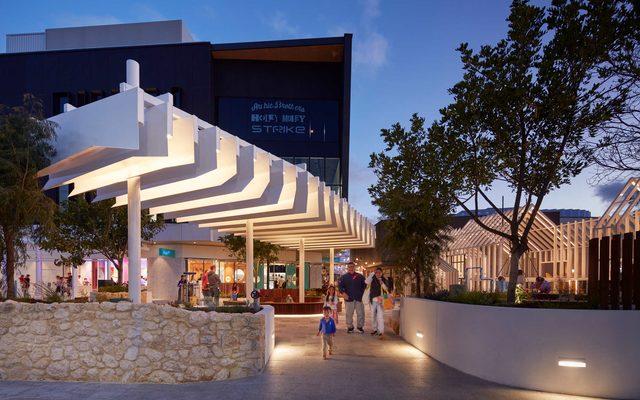This article is from the Australian Property Journal archive
AFTER endless speculation, retail behemoth Amazon has picked the famous Black Friday to kick start its Australian operations.
There will be a soft launch of its site on Thursday, and will officially be up-and-running for the annual Black Friday bargain shopping event, and the Cyber Monday discounts that follow just a few days after.
Retailers down under have been facing mounting pressures for some time. Specialty Fashion Group’s announcement yesterday that it would be closing 300 stores by 2020, within weeks of Myer reaffirming it would be closing 19 of its own sites, while British icon Topshop Topman has been one of the higher profile casualties of the sector’s tough environment this year.
A recently released m3property report suggested higher yields and risk premiums are just some of the concessions investors might come to demand, given the risk Amazon and the wider online retail market poses for bricks and mortar retail, as investors will need to weigh up the risk and return on a centre-by-centre basis.
The Australian Market Expectations Survey by Urban Property Australia and Situs RERC showed 41% of the 276 respondents – which included landlords, fund managers, valuers, investment bankers, private investors, real estate agents, REIT analysts and others – believed that Myer and David Jones would be impacted most by Amazon.
This was followed by Harvey Norman and The Good Guys, then JB Hi-Fi, and a smaller amount nominated discount department stores Target, Big W and Kmart.
“For landlords, it shows the shopping centre is not static, and remixing must be an ongoing and central strategy for a shopping centre to maintain its relevance,” UPA’s managing director, Sam Tamblyn said.
Speaking at the Australian Property Institute’s National Property Conference, m3property research manager Casey Robinson, said Australia’s low population density would make fulfilment “a bit more difficult to start off with, and it will take longer for Amazon to get off the ground here”.
“We do like to shop online, however; we’ve got a high penetration of internet use and a relatively high spend per capita online, so I suspect that once Amazon does overcome some initial obstacles, it will take off,” she added. “But the impact on shopping centres and retail stores will be nothing like what’s been seen in the US,”
Amazon is currently operating one fulfilment centre in Australia, in Melbourne’s south-eastern suburb of Dandenong South of some 24,000 sqm.
There may some respite for retailers fearing a cliff edge with Amazon’s introduction. Citigroup analyst Bryan Raymond said Amazon was unlikely to gain a significant market share this Christmas, and could generate $200 million sales in December “with potential disruption to like-for-like sales growth and margins possible if Amazon drives elevated levels of discounting across the market.”
He said the largest downside risk for investors exists for JB Hi-Fi and Harvey Norman, while Super Retail had more risk priced into the outlook.
Amazon has a five-year, $700 million plan that is expected to mirror the roll-out seen in Spain, which saw a its Prime offering released just months after its initial launch, and its Prime Now service – which offers two-hour delivery – with a few years.
Amazon Marketplace will be available as part of the initial launch, which gives a platform for third-party sellers to offer their products via its site while Amazon takes a percentage of sales. It currently makes up around 50% of products sold by Amazon.
Australian Property Journal




